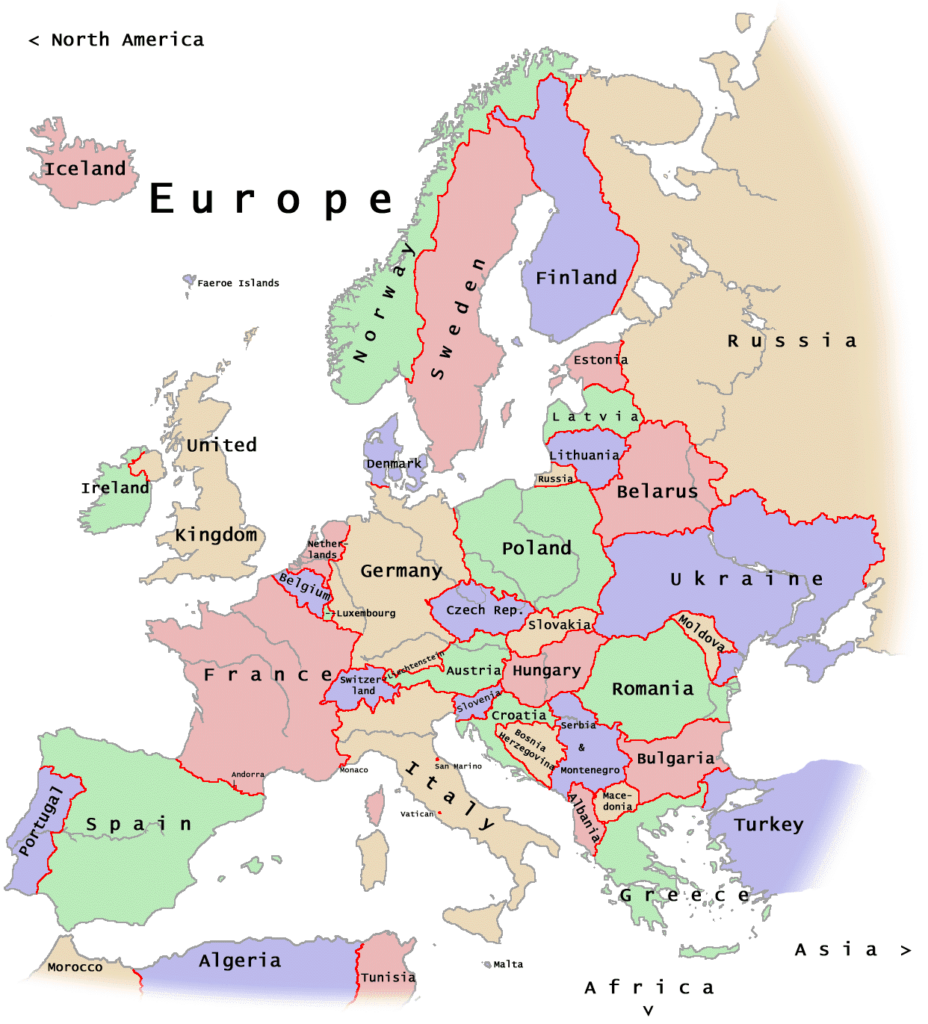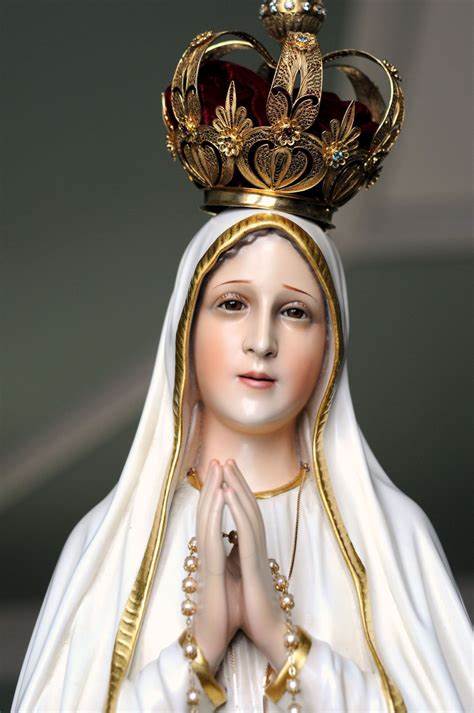Portugal
Grades 5+
 It is 9:40 a.m. November 1, 1755. A typical autumn day, with a gentle sun and a nice breeze. It’s All Saints’ Day. In Lisbon, the capital of Portugal, the streets bustle with people going about their day-to-day lives, unaware of the disaster about to strike.
It is 9:40 a.m. November 1, 1755. A typical autumn day, with a gentle sun and a nice breeze. It’s All Saints’ Day. In Lisbon, the capital of Portugal, the streets bustle with people going about their day-to-day lives, unaware of the disaster about to strike.
Hundreds of miles away, to the southwest, deep in the ocean, three tectonic plates slip. They are the pieces of the earth’s mantle and crust upon which the continents rest. When the plates collide, it is as if 30,000 hydrogen bombs explode at the same time.
The ground under Lisbon shakes like Jello. Other earthquakes follow. Buildings tumble. People run screaming. Within minutes, the city is rubble. Fires burn for six days. Lisbon is left in ruins.
The quake is felt as far away as Scotland, Brazil, and North Africa. But it hits Lisbon the hardest. Over 60,000 people die, and many more are injured. Lisbon has lost a third of its population.
And on All Saints’ Day! … the day that celebrates Christian martyrs – those who chose death rather than give up their belief in Jesus.
Surely, people insist, it is Divine punishment. The people of Lisbon must have done something that offended God. But the people are devout Catholics. What could it be?
Voltaire, a French philosopher, says he knows what the problem is. Either God does not exist or else is not interested in human affairs. If God exists, Voltaire argues, then He must be cruel and heartless to allow such a disaster to occur. The Great Lisbon Earthquake is one of the deadliest natural disasters in history.
∗
 As if in answer, Portugal becomes the site of one of the greatest miracles in history.
As if in answer, Portugal becomes the site of one of the greatest miracles in history.
On May 13, 1917, in Fátima, a city in the central part of the country, three shepherd children are tending their flock when they see a flash of light. As they look up, they witness a beautiful lady standing in the air. She tells them that she is the Virgin Mary and that she wants them to pray for sinners. She also predicts that there will be a great war.
The children take the Virgin Mary’s message to heart. They begin to pray and do penance – that is, to do things they feel God wants them to do. The Virgin appears to them on the 13th day of each month for six months.
The last vision is the “Miracle of the Sun,” during which 70,000 people are present. They later report that the sun appeared to spin and plunge towards the earth. Some say the sun “danced” or “trembled.” Others report that their clothing has been bleached white by the sun’s rays. The event was so astounding that many Portuguese now call the Virgin Mary “Fatima.” Millions visit the site every year.
Portugal Activity 1
Determine if the underline word in each sentence is a determiner or a pronoun.
- 1 November 1755: That was the day of the Great Lisbon Earthquake.
- That day, 60,000 people died.
- More were injured.
- The people of Lisbon must have done something that offended God.
- Those who were present at the Miracle of the Sun witnessed something amazing.